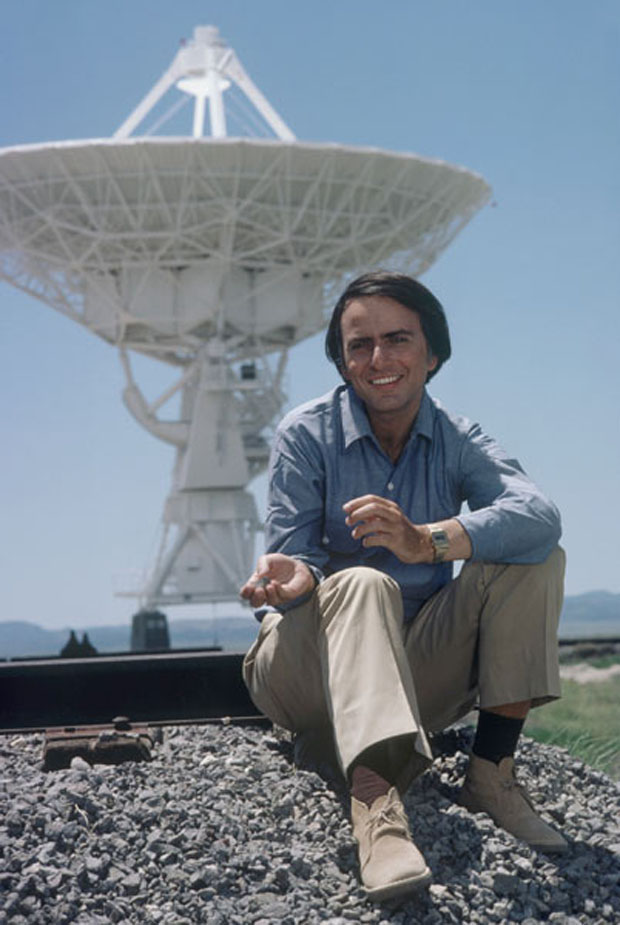Rethinking Critical Thinking With the Help of Carl Sagan

Let's face it, when more than half of undergraduates believe that a full moon causes people to behave oddly, when two-thirds of them believe that Bigfoot exists, and when students of all ages have a "dismaying" inability to tell fake news from real news, it's obvious that critical thinking education is failing. Students are being sent out into a modern world rife with misinformation without the needed skills to tell fact from faction.
Rodney Schmaltz, an associate professor of psychology at MacEwen University, whose research focuses on pseudoscientific thinking, believes that part of the blame for this sorry state rests on a lack of focus. "Critical thinking" has become a nebulous term with little bearing on day-to-day lessons. In between taking notes, memorizing facts, and filling in circles on multiple choice tests, students are expected to pick up the mental tools needed to scrutinize information. But this assumption is pure magical thinking. More often than not, modern, industrialized mass education does not inherently encourage skeptical thinking. Rather, such thinking needs to be expressly taught and clearly defined.
Described in detail in Sagan's "Bible" of skepticism, The Demon-Haunted World, the kit has nine key facets, including independent confirmation of the facts, encouraging substantive debate by experts, quantifying data, and embracing multiple hypotheses.
Schmaltz contends that high school educators should use the toolkit as a guide to design and implement courses solely focused on teaching critical thinking. Such classes would provide plentiful opportunities for discussion and expose students to authentic problems requiring them to sleuth out the answers. Rather than serve as an authority figure bequeathing knowledge and facts, the teacher would instead act as a mentor or guide. Students would be assessed by how well they provide evidence or utilize logic to support or refute judgments, choices, claims, or assertions.
"When students are provided with the core ideas of how to detect baloney, and provided with examples of how baloney detection relates to the real world... they will be better able to navigate through the oceans of information available and choose the right path," Schmaltz writes.
As Carl Sagan famously said, much more than a body of facts, science is "a way of thinking." It should be taught as such.
Originally published on RealClearScience.
Breaking space news, the latest updates on rocket launches, skywatching events and more!
Steven Ross Pomeroy studied zoology and conservation biology, but has long had a passion for journalism and writing. His work as writer and editor appears at RealClearScience’s website, where he covers anything that sparks his curiosity and love of learning. More of his writing can be found at Big Think, Slate, Science Now, Gizmodo, and Scientific American.

